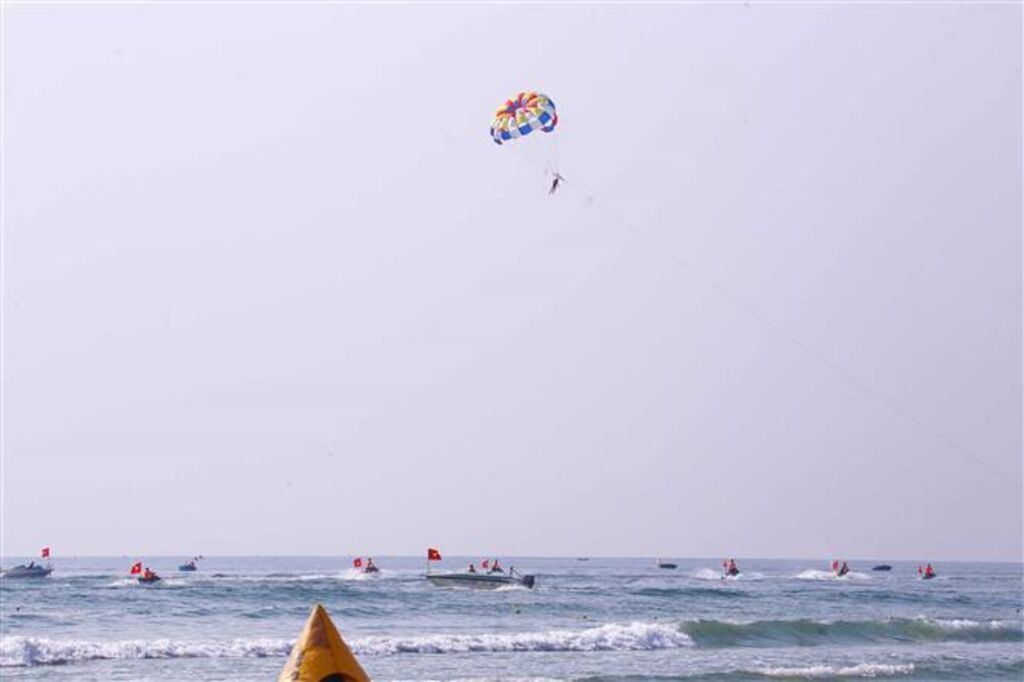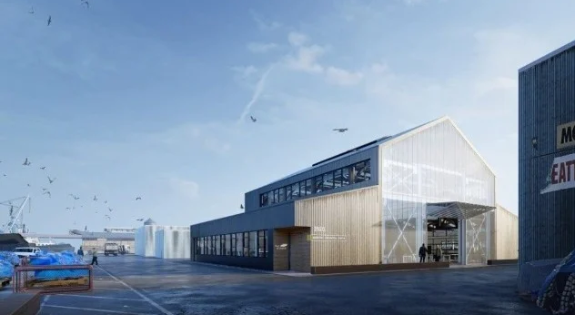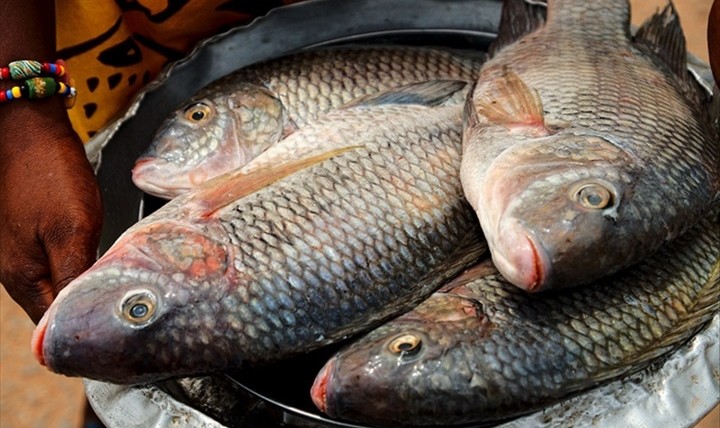With more than 3,260 kilometers of coastline, many beautiful beaches, and diverse marine ecosystems, Vietnam is an attractive destination for tourists. In its tourism development strategy for 2030, the country is prioritizing coastal tourism, water sports, and marine leisure activities.
Coastal tourism accounts for 60 to 70% of national tourism activity and revenue, making a significant contribution to both local and national economic development. However, its rapid growth poses major environmental challenges, requiring sustainable solutions to protect natural resources for future generations.
Towards Zero-Waste Tourism
The influx of tourists to coastal areas has led to plastic pollution, coral reef degradation, and ecological imbalances. Non-biodegradable waste threatens marine biodiversity and public health. According to Vietnam’s Institute for Tourism Development Research (ITDR), plastic waste generated by tourists could triple by 2030 compared to 2019 levels.
Professor Nguyen Thi Kim Cuc from the Hanoi University of Water Resources emphasizes that plastic pollution is a global threat, seriously affecting landscapes, marine ecosystems, and the food chain. Citizens must change their consumption habits and reduce plastic use to curb microplastic pollution.
Several marine conservation projects have been launched in Vietnam to restore ecosystems. In Nha Trang Bay, a coral reef restoration project launched in 2015 has rehabilitated over 15 hectares of damaged reef, with artificial coral survival rates exceeding 70%.
In the Cù Lao Chàm Marine Reserve (Hoi An), a conservation program launched in 2009 protects more than 16,000 hectares of marine area, raises environmental awareness, and reduces overfishing. The area welcomes over 200,000 visitors annually, generating about 30 million USD in revenue.
Beach cleanup campaigns, such as “Together for a Blue Sea”, coordinated by GreenHub, regularly mobilize thousands of volunteers to collect tons of waste, contributing to pollution reduction and public awareness.
These efforts help preserve marine environments while sustaining the economic value of coastal tourism. By protecting landscapes and marine resources, coastal regions attract more visitors. The tourism sector promotes zero-waste tourism, encouraging reduced use of single-use plastics, recycling, and environmentally friendly practices.
Mobilizing Against Plastic Waste
On June 8, nearly 10,000 volunteers took part in the campaign “Act for a Blue Sea”, organized in various provinces and cities by the Green Future Fund of Vingroup. In just one hour, 72 tons of waste were collected and over 17 hectares of coastline cleaned. The initiative revived a sense of community responsibility and ecological awareness.
The impact of such campaigns goes beyond immediate results: volunteers become “green ambassadors”, inspiring those around them to engage in environmental protection.
Each tourist also plays a key role. For example, Phi Thai Ha, from Hanoi, avoids single-use plastics and chooses eco-friendly travel routes. Adults lead by example by disposing of waste properly and encouraging children to join cleanup activities organized by travel agencies or local communities.
Acknowledging the seriousness of plastic waste, Vietnam has implemented various management policies. The Ministry of Culture, Sports and Tourism has issued environmental criteria for tourism facilities, aiming to eliminate the use of single-use plastics.
A sustainable marine tourism model requires collaboration between the government, businesses, and communities. Promoting ecotourism, applying green technologies, and raising awareness are concrete steps forward. Vu The Binh, president of the Vietnam Tourism Association, calls on all stakeholders to seek alternatives to plastic.
Sustainable tourism is not only the responsibility of the sector, but of every citizen and traveler. Protecting the marine environment means preserving precious resources, so that future generations can also enjoy the pristine beaches of Vietnam.




